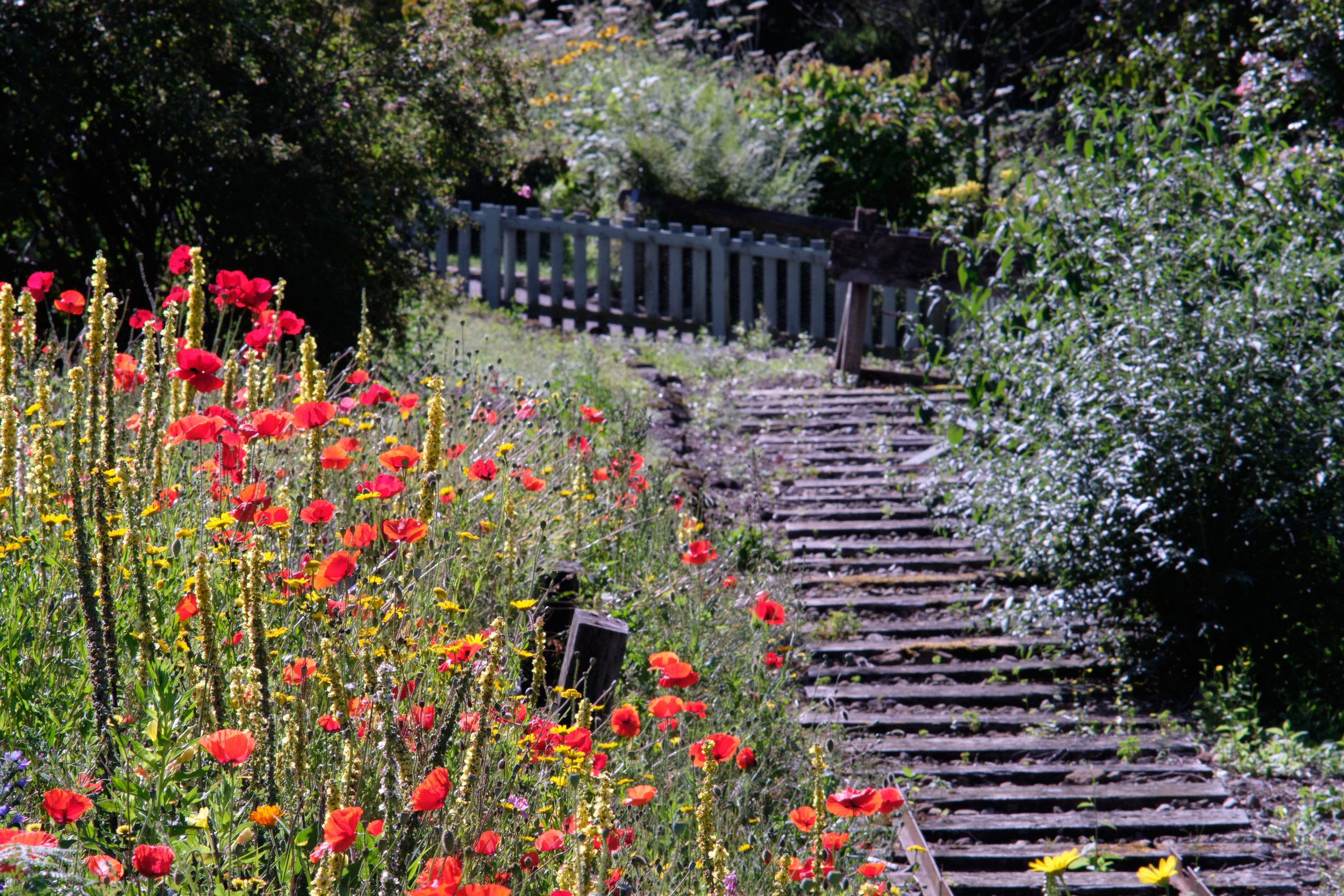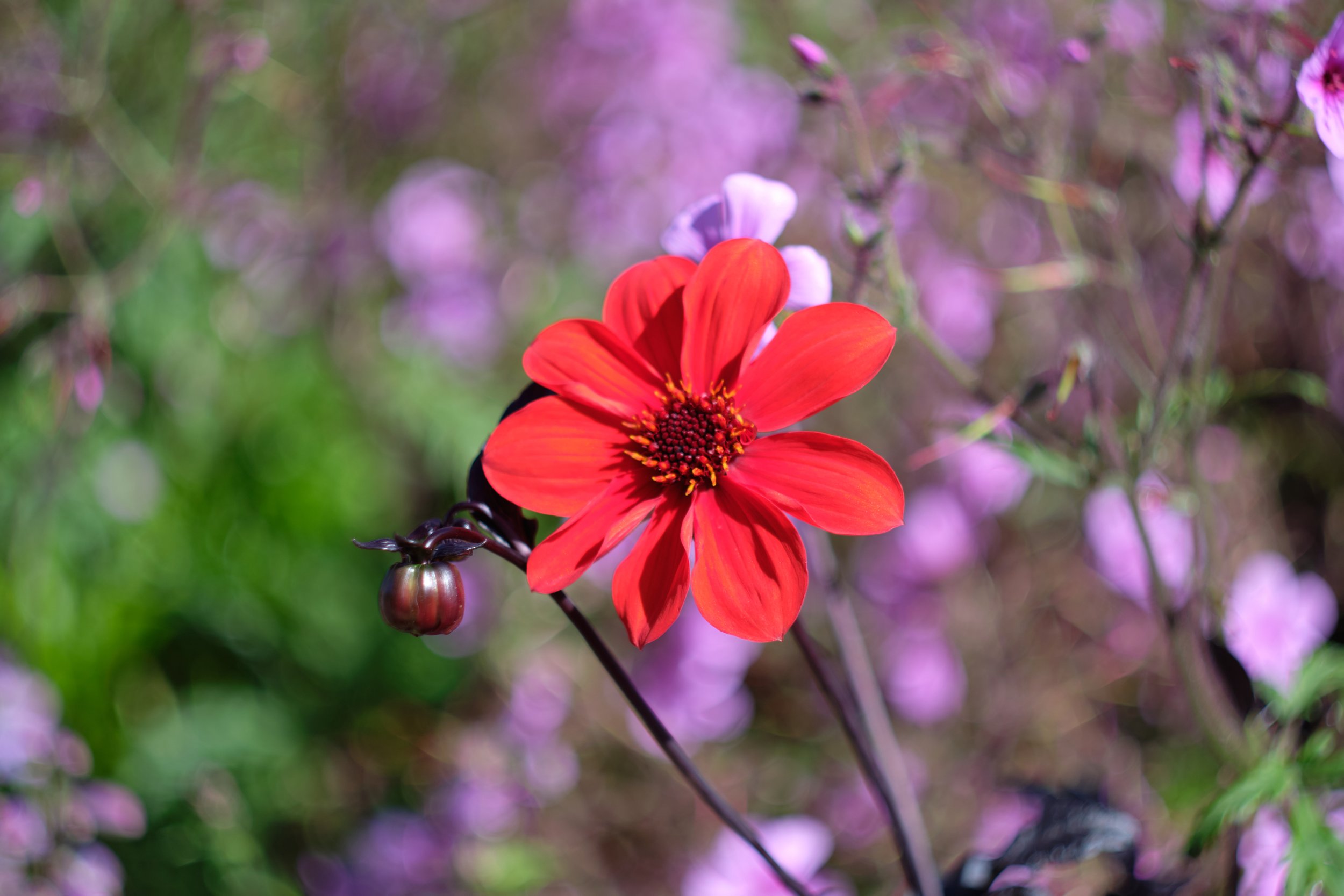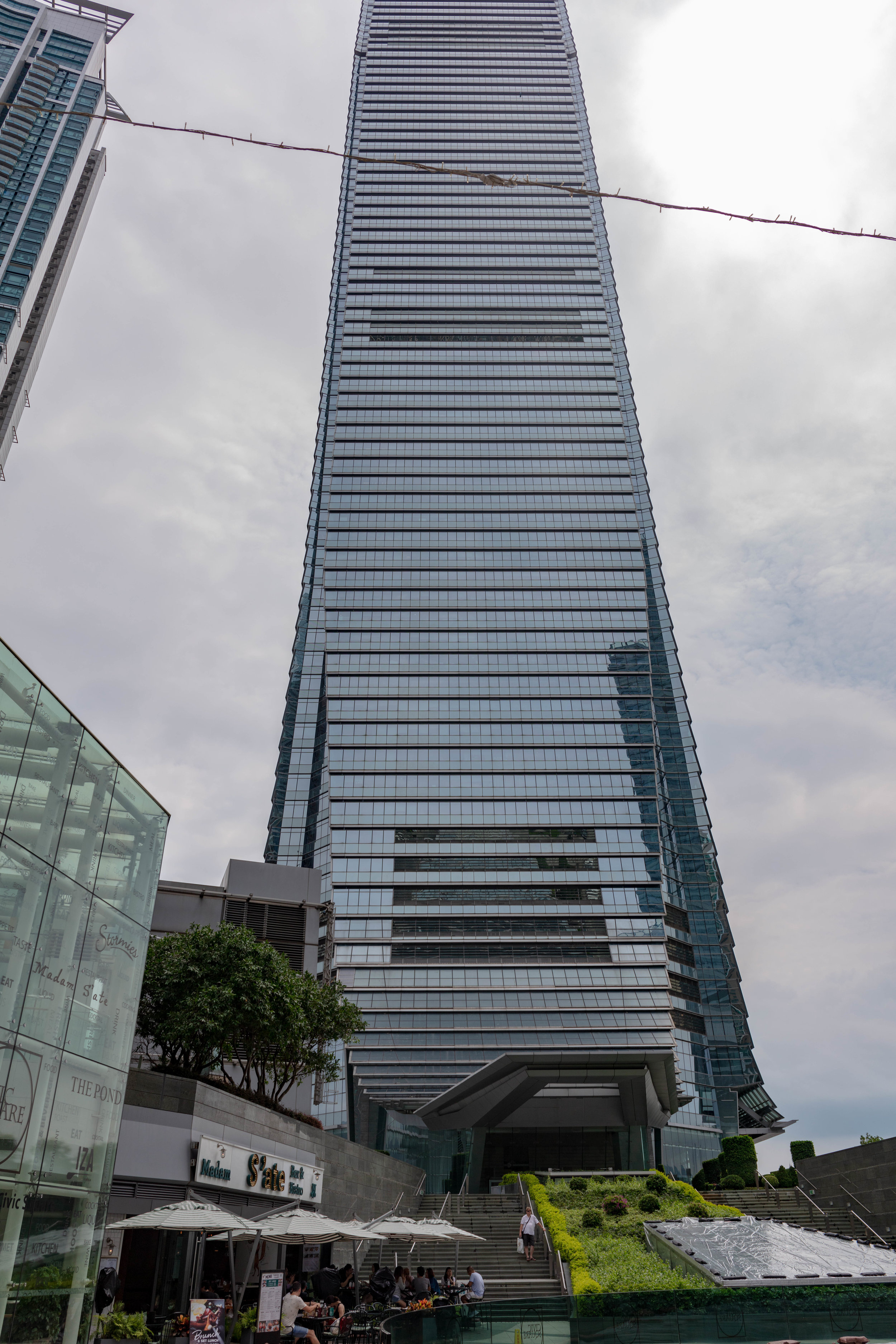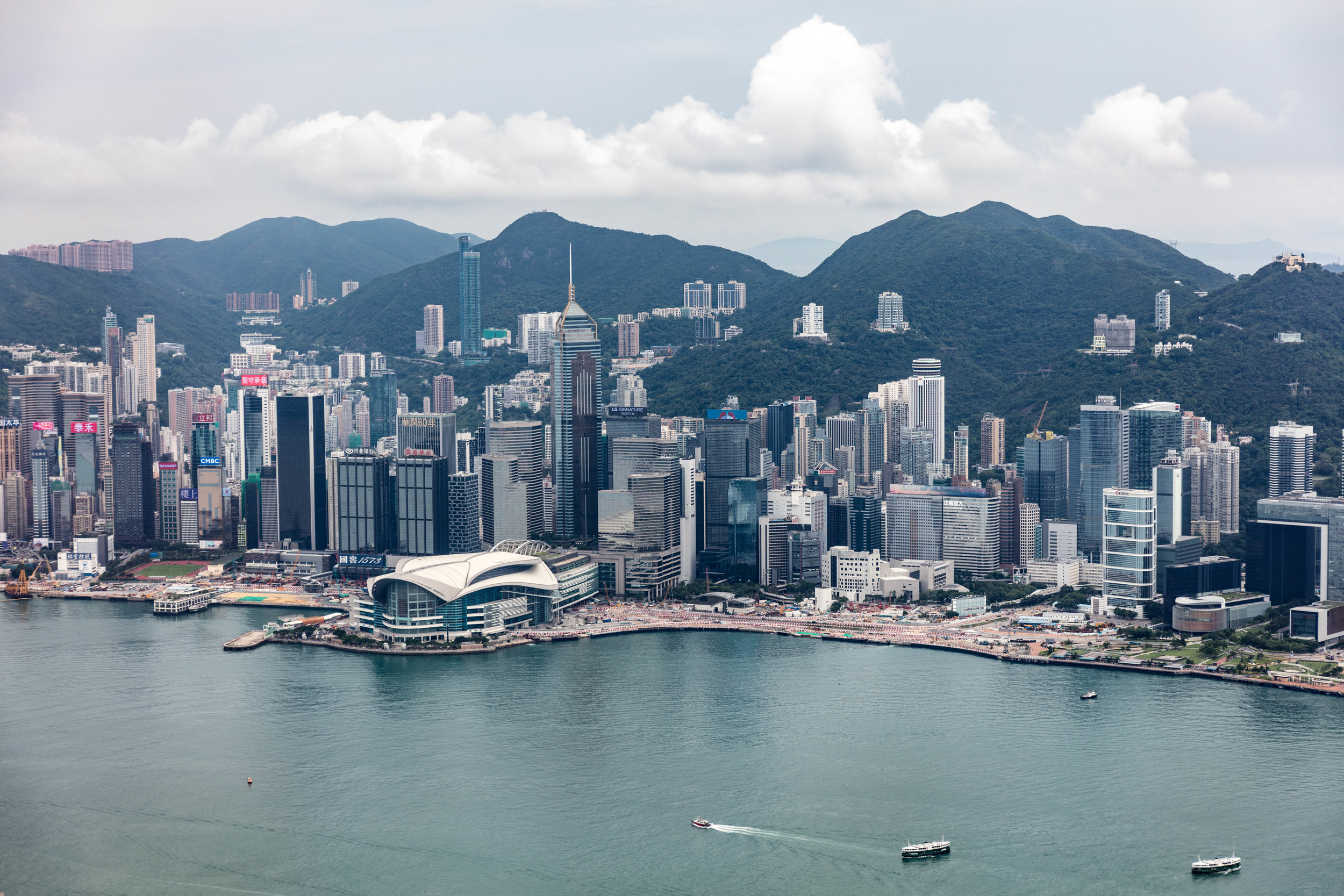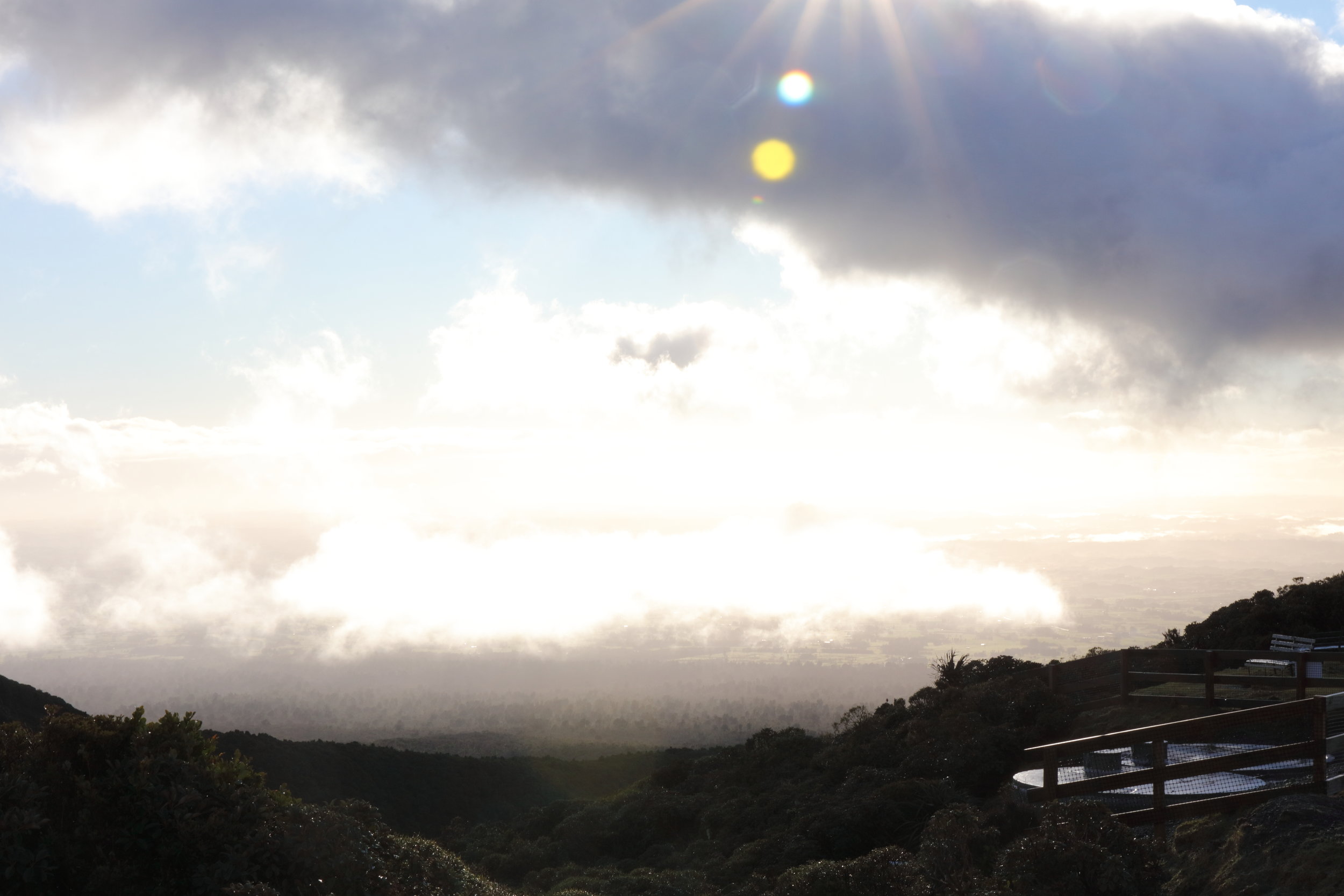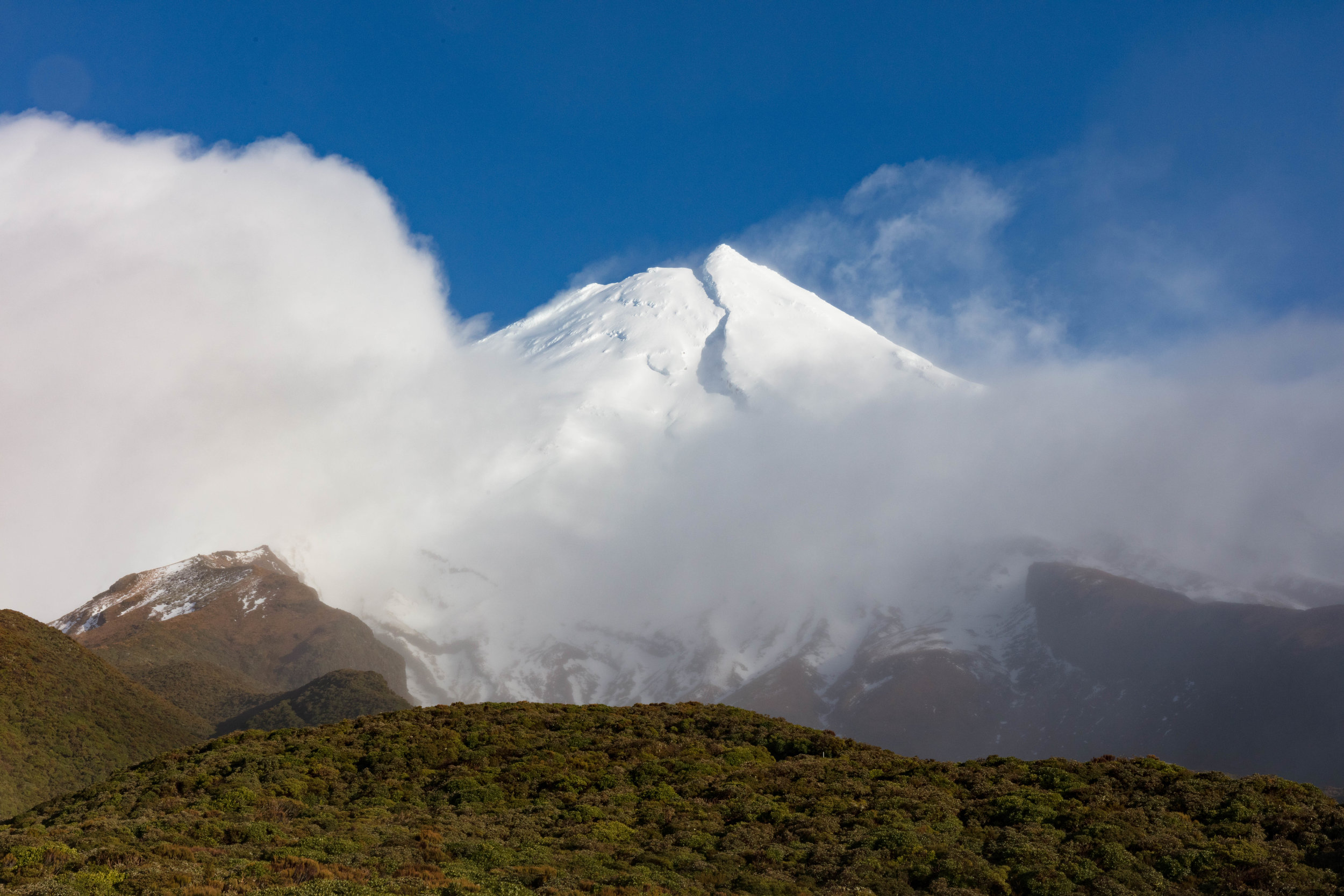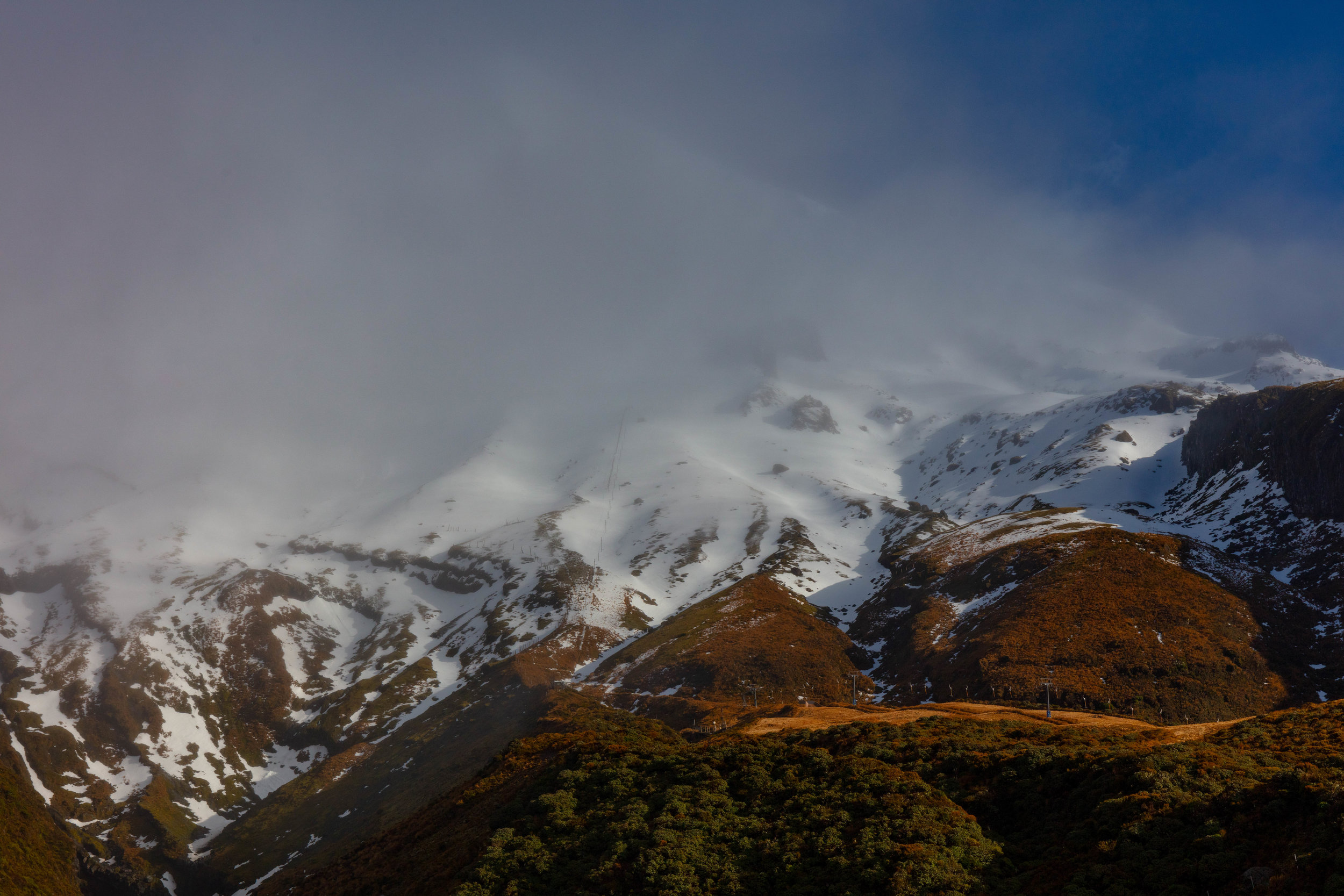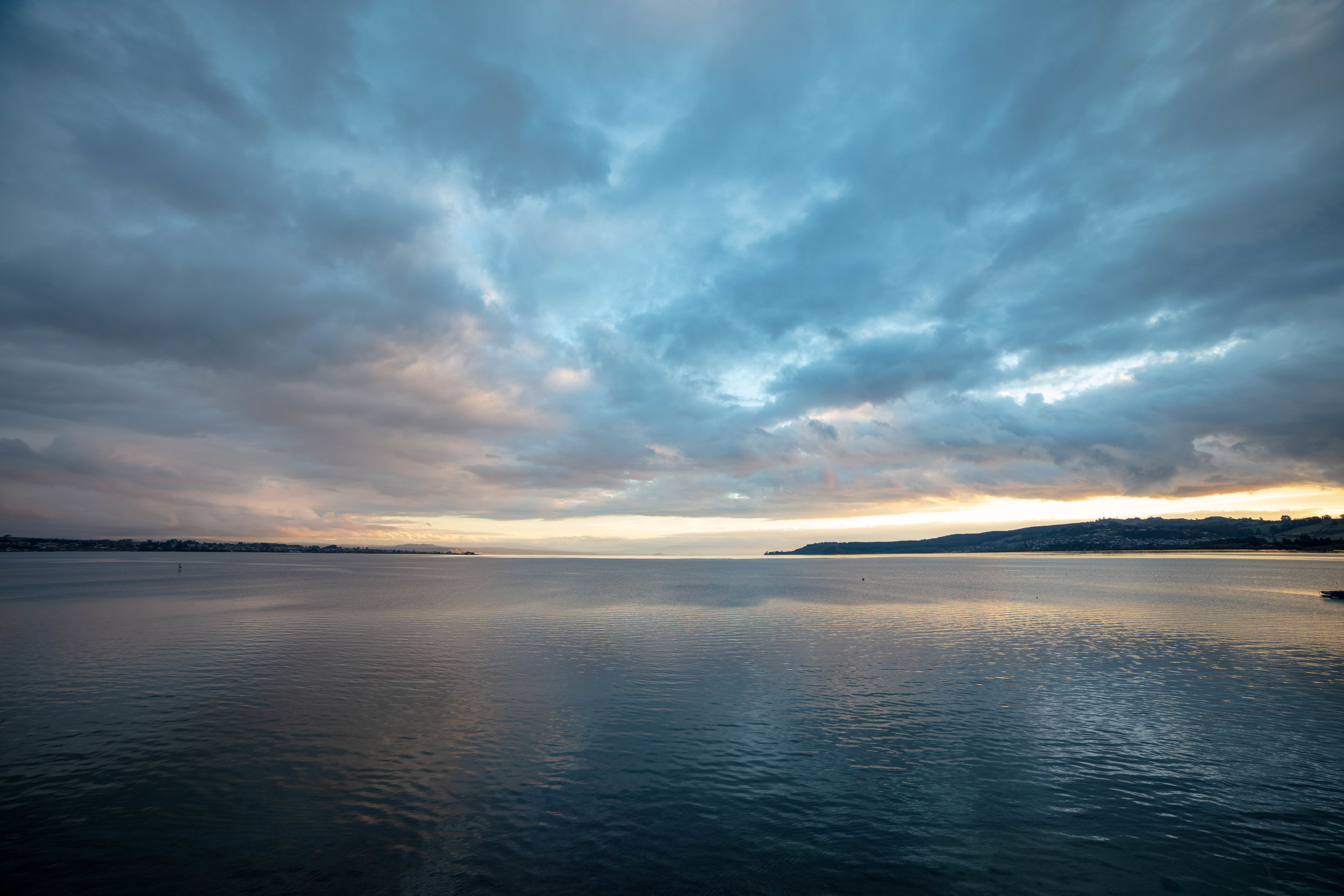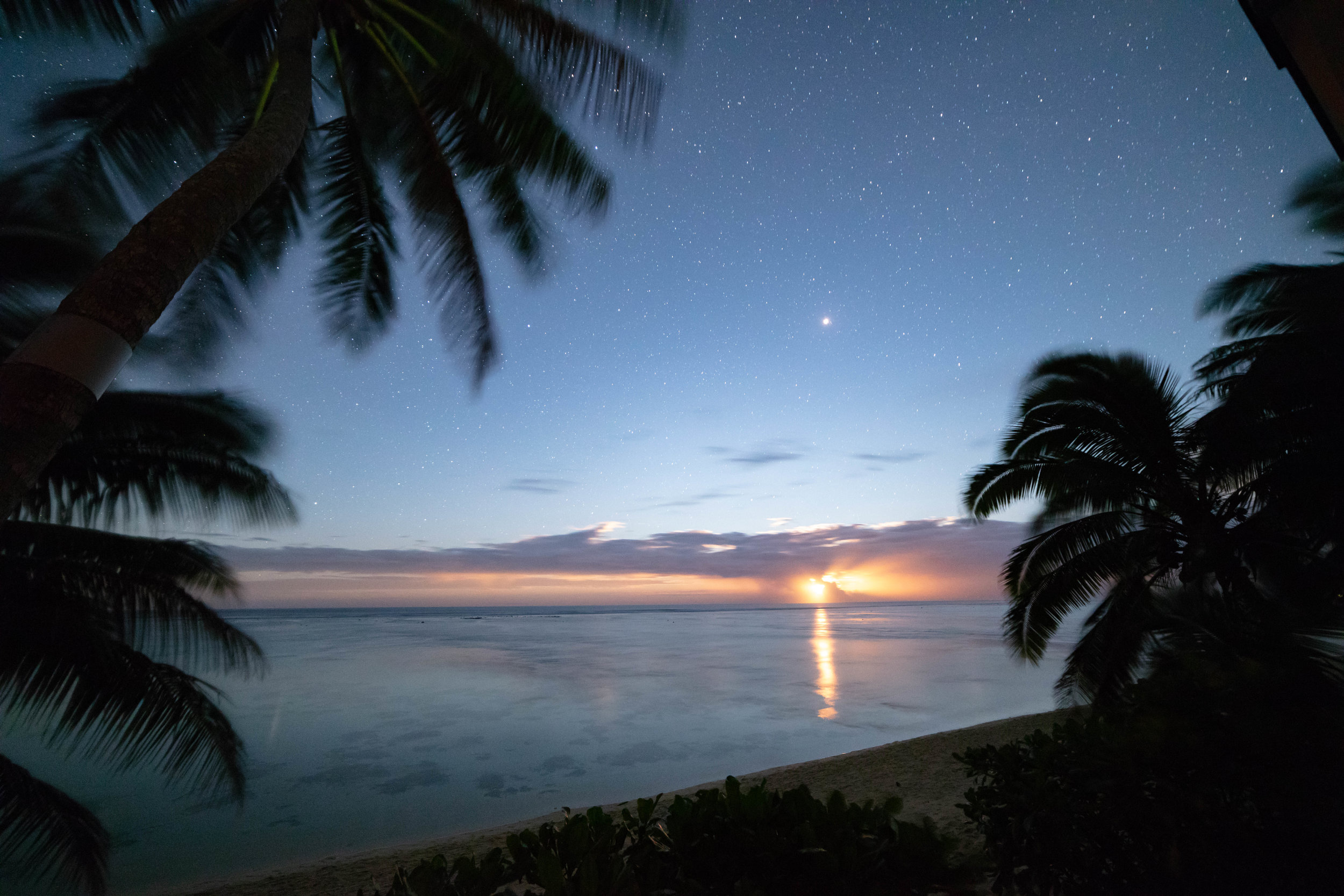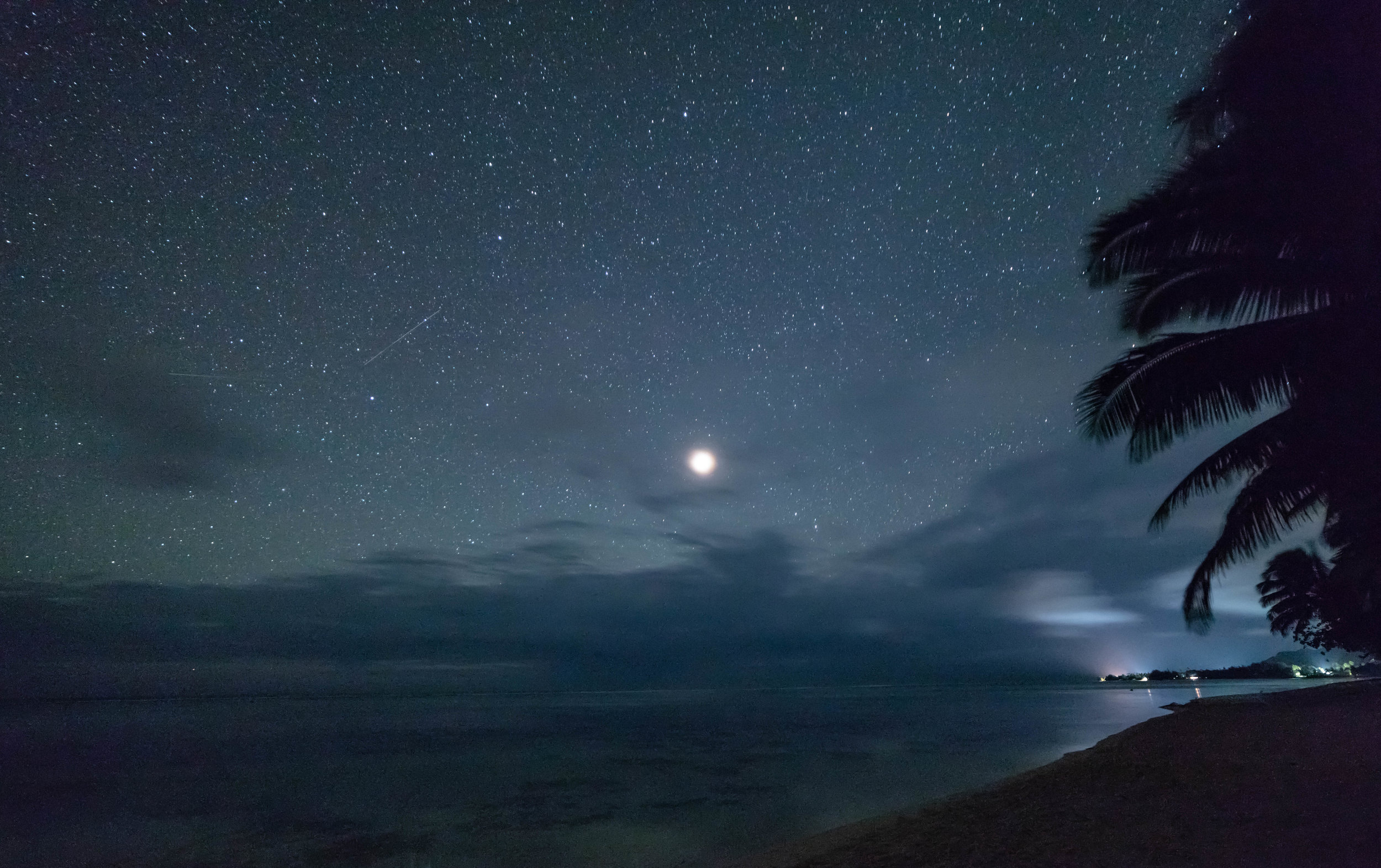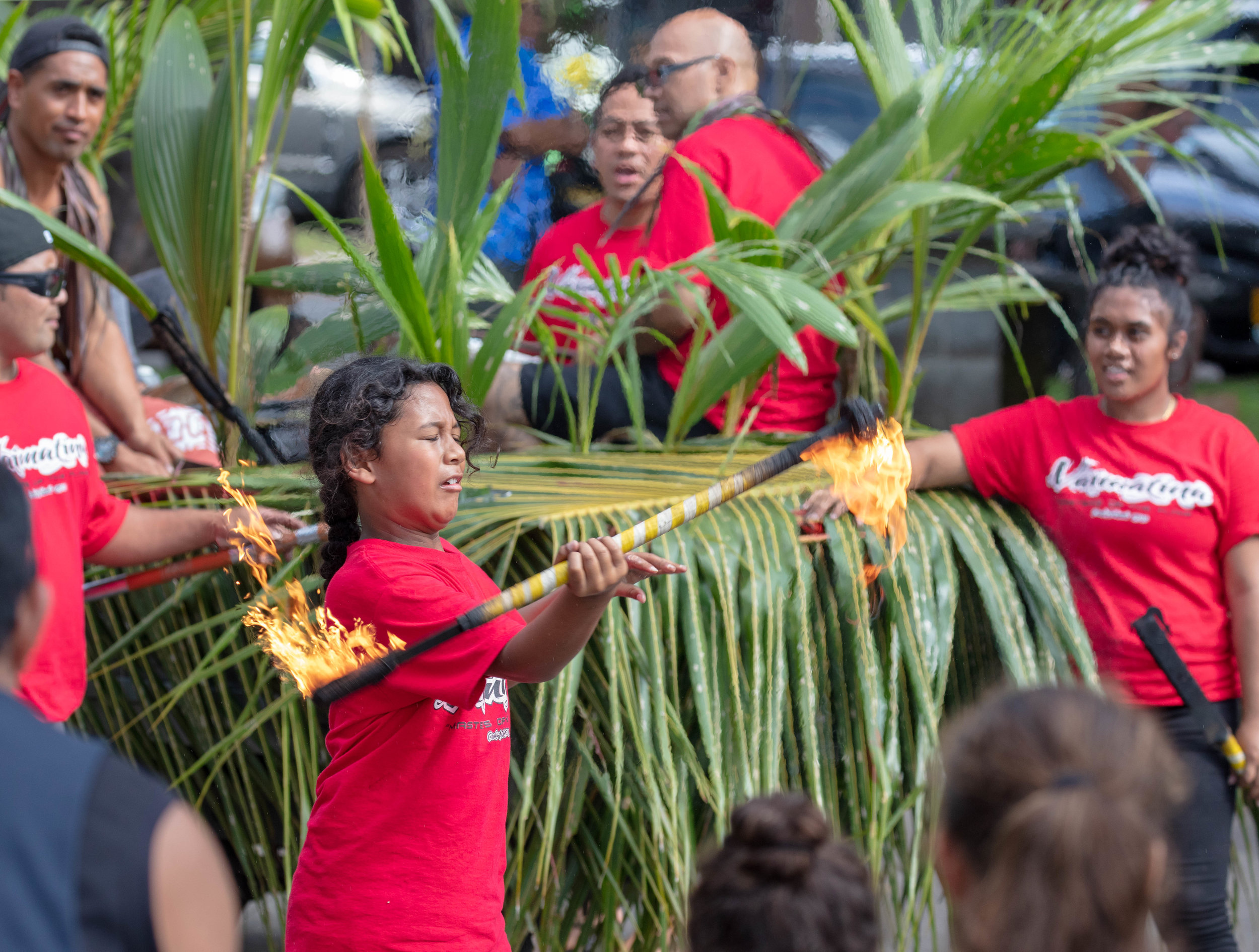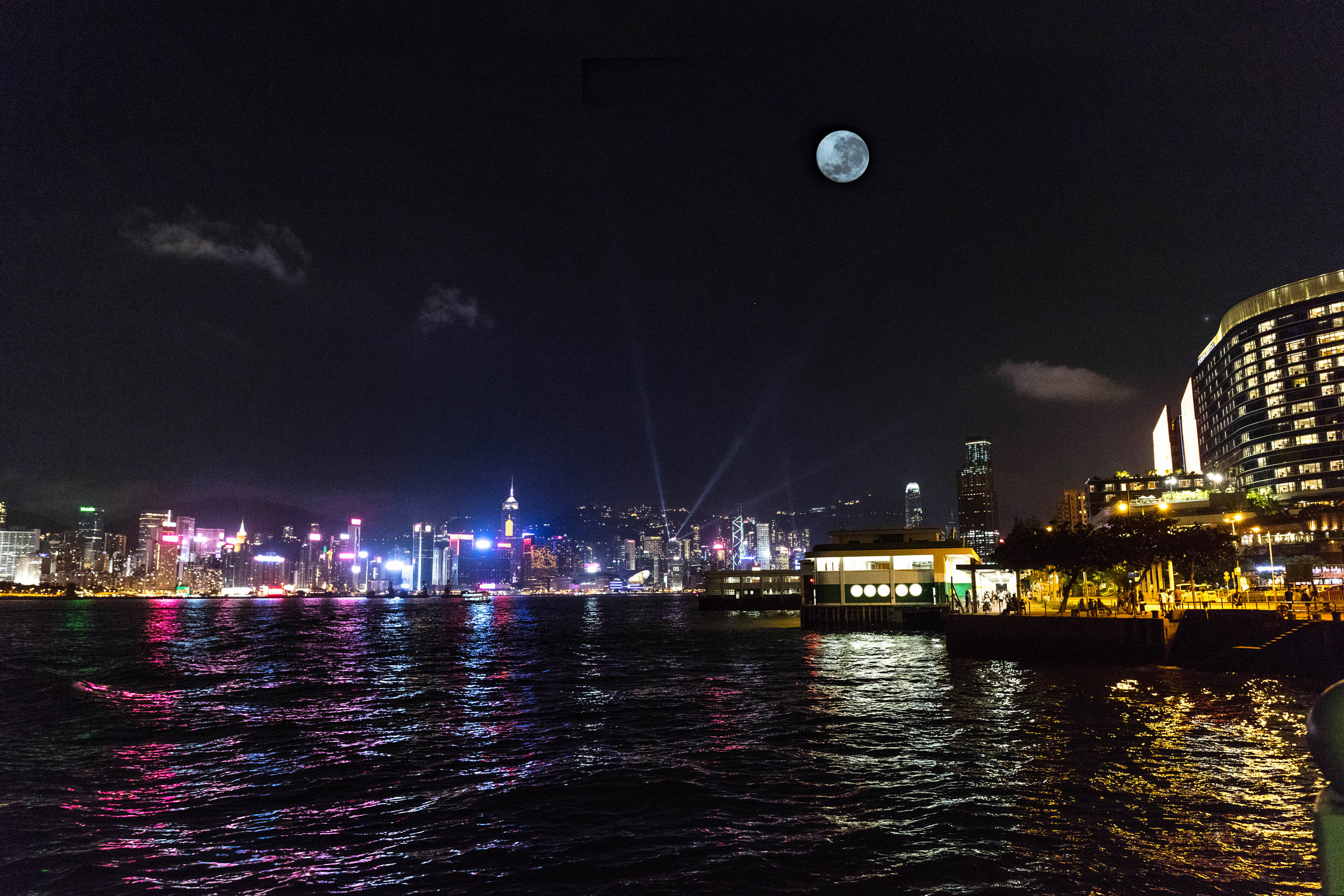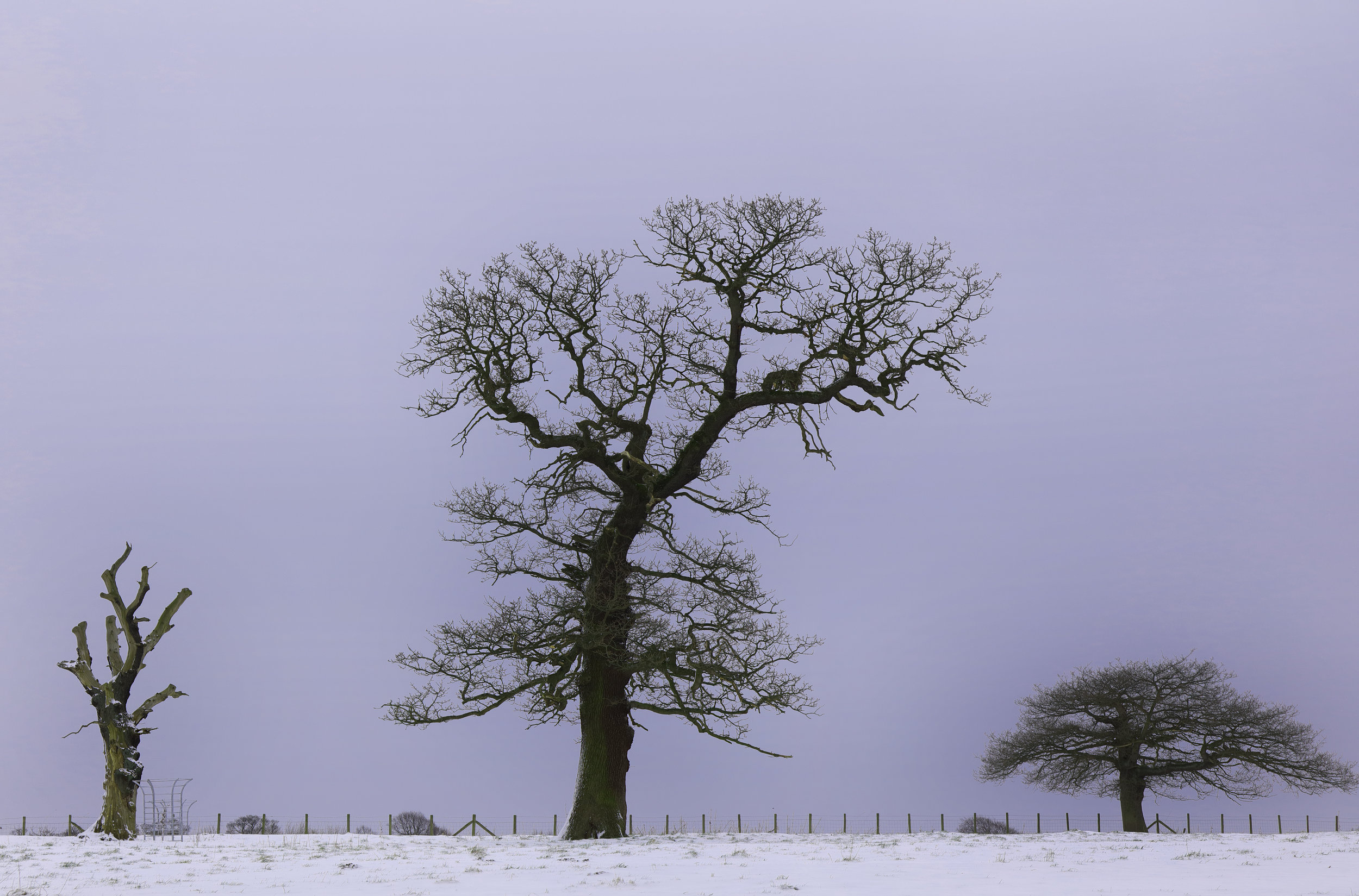It has been a while since I updated this blog, this was partly because just as lockdown started, I decided to switch camera systems and I have been getting used to my new camera. CameraS. I did end up getting quite a few of them, and I didn’t quite get rid of my old ones. My Canon 5DSr is still in my possession, lumbering old dear, because it takes astoundingly good photos when the circumstances are right, but I traded in a lot of kit to switch to Fujifilm mirrorless cameras, and I now have an X-T4, and X-T3, an X-A5, two only partly working Fuji bridge cameras, and a Kodak Brownie Hawkeye, which I have had since I was about 10.
In case this looks like a good example of photographer ‘flex’ (I hate that word but I’ve got to modernise and apparently it means ‘bragging’, but, like, new, for yoof), I should point out that the two bridge cameras are pretty much ornaments, the Kodak Brownie hasn’t been used since I was 12 and the very small one at the front is a USB. Which doesn’t work.
I know you’re thinking - which camera did he take this photo with? The one on the far right. I used a 10 second timer, I framed the shot, set the timer, pressed the shutter button, and then carefully placed the camera in the picture, and hey presto!
The interesting thing about Fujifilm cameras, is they’re designed to appeal to old fogeys like me who remember classic SLR cameras, and like all those buttons, but they have an astonishing amount of technology under the bonnet. And at the end of the day take very nice pictures.
The other interesting thing is that they’re a very easy introduction to using old, vintage lenses, because of all those dials. I have a friend who is cautiously interested in using vintage lenses, so I said I’d do a blog post for him, and get back into updating my long-quiet website.
I barely knew what I was doing when I started to get interested in classic lenses, but fortunately there are some special interest forums on Facebook, and I got a lot of advice about how to get started.
You have to use adapters to fit the lens to the camera, and I ended up buying 3 lenses that all were an M42 fit, so that I could use the same M42 to Fuji X adapter. This is what the first lens looks like, complete with adapter.
Carl Zeiss Jena Flektogon 35mm f2.8 lens
This lens was made in 1989, the year that the Berlin Wall came down. Each of the lenses I bought has a bit of history. This one was made in the DDR, and originally sold to someone in Eastern Europe. I know that because it’s called a Carl Zeiss Jena lens and Carl Zeiss also had a West German factory, and retained rights over the name, so lenses produced for the West were just called aus Jena. This lens is known for its sharpness, and although it’s a classic lens and they’re usually cheap, the price has gone up accordingly with it’s reputation.
Carl Zeiss Sonnar Jena 135mm f3.5 lens
This lens was made in 1976, the year Concorde first flew. It is generally rated as ‘quite a good lens’, usually in slightly disparaging tones, I think that may be ‘in comparison to other Carl Zeiss lenses’. I really like it, it is very small compared to modern 135mm lenses, coming in at just 5” tall, with the adapter attached. I also compared this to a couple of modern lenses, a 50-140mm Fuji zoom and a Samyang 135mm f2 lens, both of which are legendary for image quality, and stopped down to f8, they’re pretty good. Rather too good, actually, as I’d just spend a fair amount of money getting the only Fuji-fit Samyang 135mm lens I could find, from Florida… (they’re very good for astrophotography)
And a quick comparison with those other two sharp lenses, the first image is from the Fujifilm XF 50-140mm f2.8 WR OIS Lens, the second from the Samyang 135mm f2 ED UMC Lens, and the third from the Carl Zeiss 135mm lens. All shot at their optimum aperture, f8.
And finally…
Helios 44-2 58mm f2 lens
This lens was made in 1983, the year that car seatbelts became compulsory in the UK. There were many variations of Helios 44-2. The lens was based on a Carl Zeiss Biotar optical design, and my particular model was the 5th model, made at the KMZ Belomo factory in Belarus. There are differences in the model ranges that span the producution lifecycle from 1958 to the 1990s, and there are also significant differences in build quality. You can tell this particular model number because of the green, red and yellow lettering around the barrel, the name ‘Helios’ is in cyrillic, Гелиос, and because of the logo for the KMZ factory which reflected how the lens elements sat together. This model represented 15% of all production and was one of the most highly recommended models. I found all this out by way of a very helpful video produced by a Ukrainian blogger and camera expert, Roman, on his site RetroFoto House.
So I set to, looking for one, and eventually found one, being sold on eBay by another Ukrainian, trading under the name of Artemstore. It was the first time I’d bought anything on eBay, and I was apprehensive about buying one abroad, but there was nothing of any quality in the UK that I could find. The Ukraine’s tracked post system has to be experienced to be believed, they brought new meaning to the term ‘snail-mail’ but it eventually arrived 7 weeks later.
It has a very odd aperture ring, right at the front of the lens, it works quite differently to a modern lens. To set an aperture of f4, you turn the front dial around until it clicks on f4, but this still lets you open up the aperture blades to anything lower than f4, that means you can open up the lens to let light into the camera to focus, lenses and cameras being fully manual when this production run started.
The Helios 44-2 was most famous for the background bokeh, which had a tendency to swirl around the centre of the frame, and many classic lenses based on the formula also follow this -some classic enthusiasts flip the front element over because this accentuates this feature.
The effect is surprisingly hard to replicate, and works better on a full-frame camera like the Canon 5DSr. To get it to work, you have to divide your photo into thirds; the subject has to be one third of the total focal distance from the camera, and the highlights you’re trying to swirl have to be two thirds from the total focal distance.
However other elements of the lens that have made it so popular among classic enthusiasts are its colour rendition, and lack of chromatic abberation, quite unusual in a time when f2 was a pretty wild minimum aperture.
The first two images in this gallery are taken with the lens fitted onto a Canon 5DSr, the rest of them are taken with a combination of a Fuji X-T3, X-H1 and X-T4























